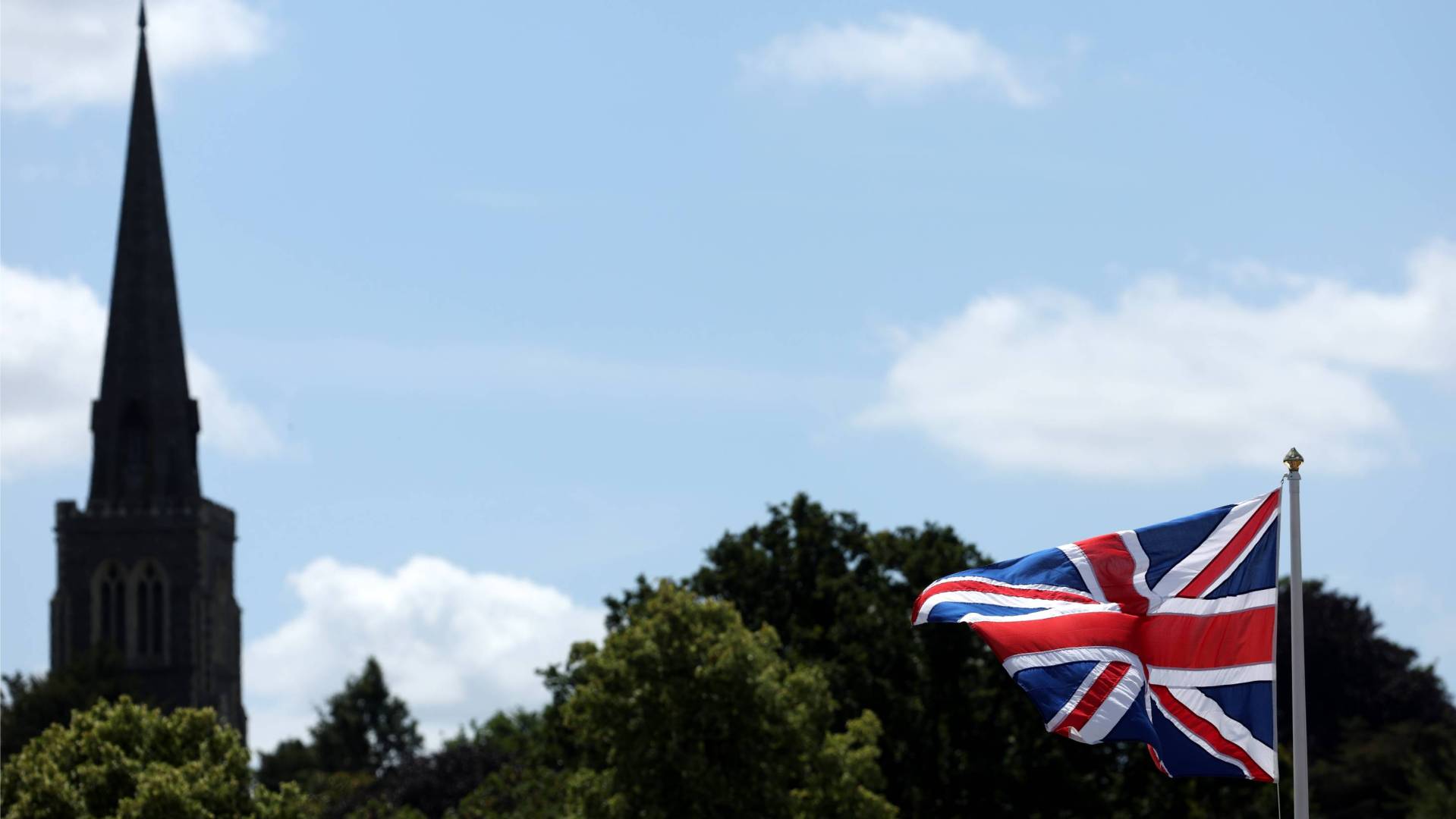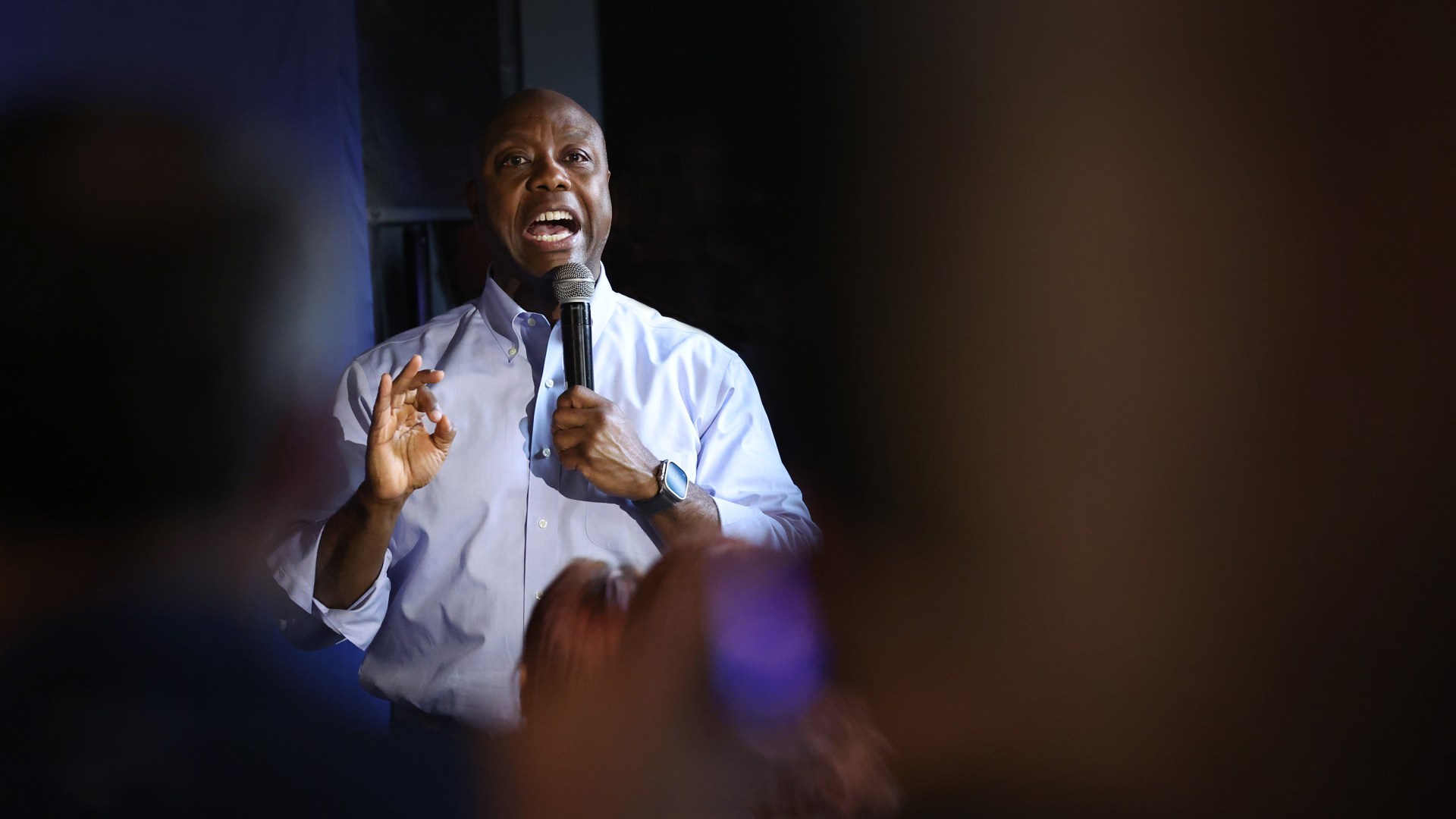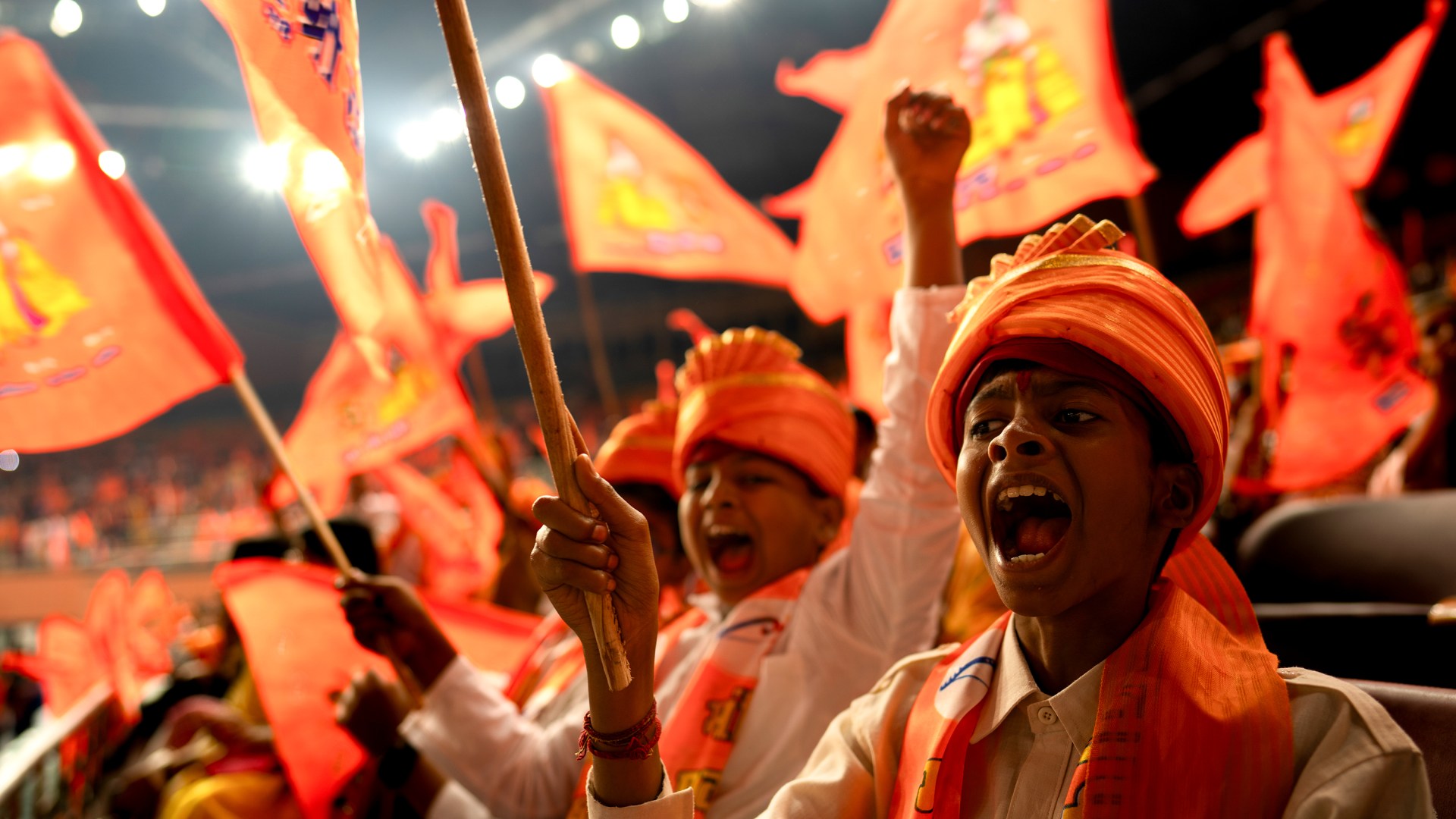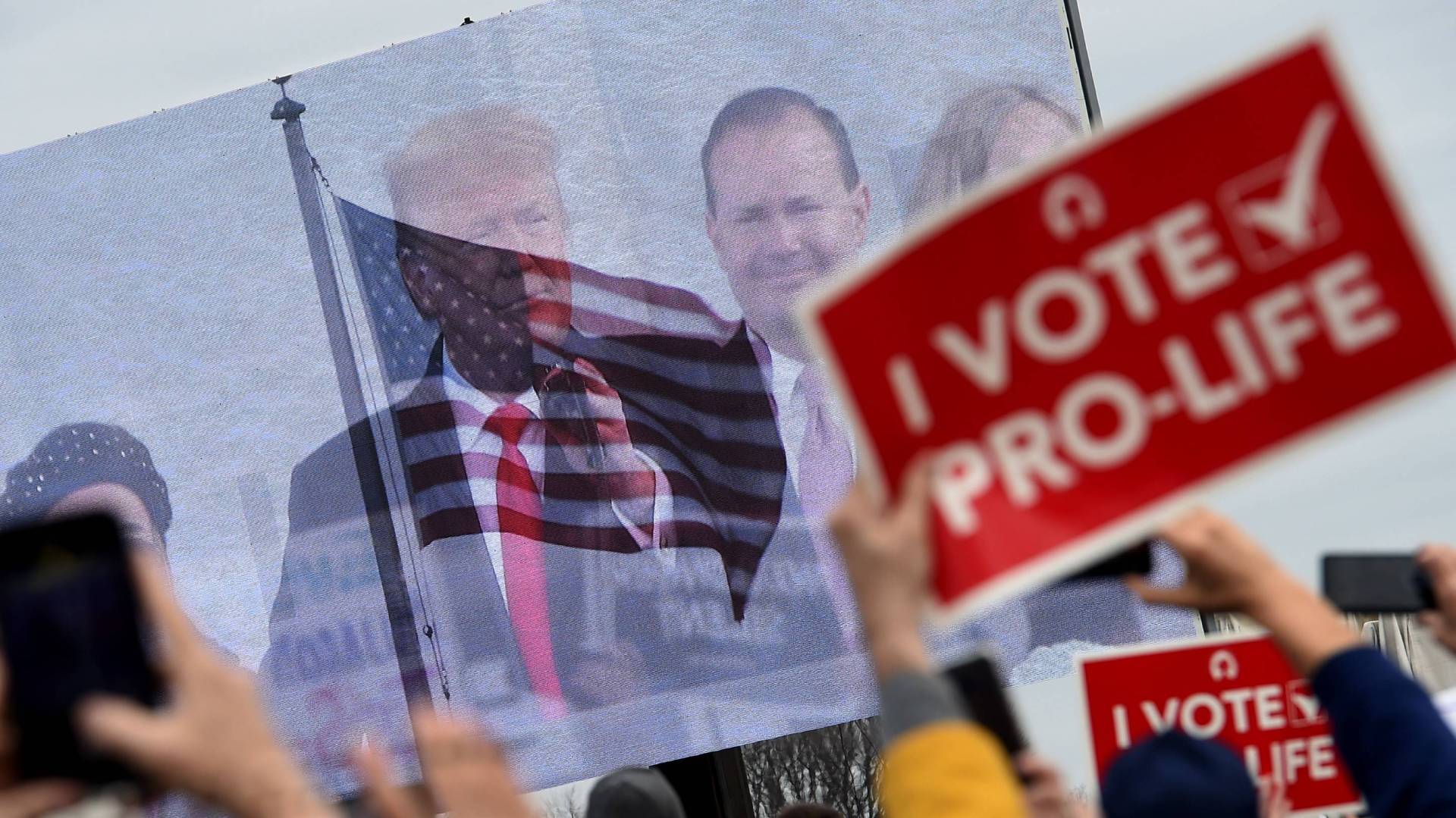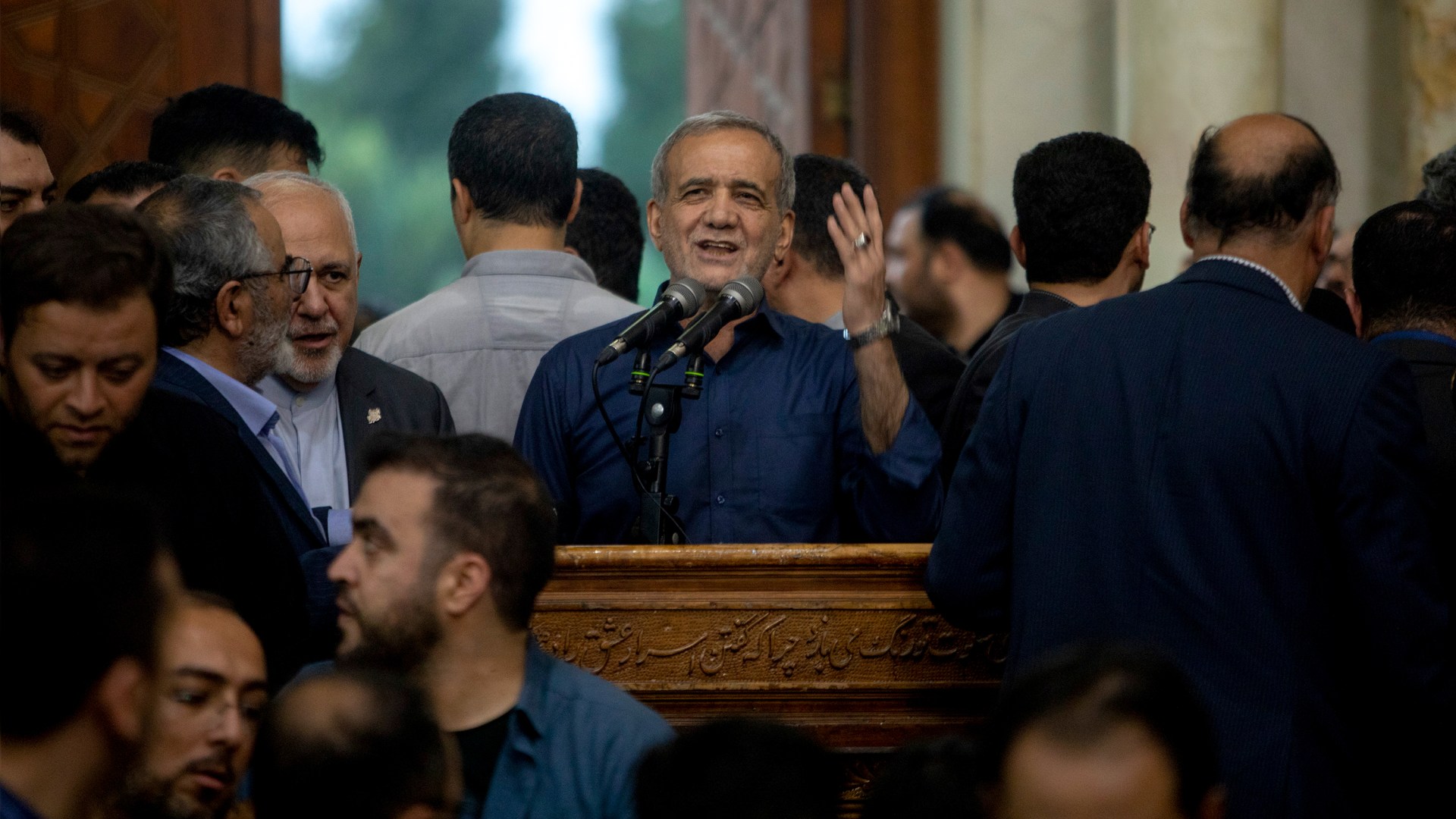The man at the center of one of England’s most prominent church abuse scandals is now facing criminal charges.
Jonathan Fletcher, the former vicar of Emmanuel Church Wimbledon, has been charged with indecent assault and grievous bodily harm for incidents that occurred 25 to 50 years ago, during his decades of leadership in the Church of England.
The 81-year-old appeared Wednesday in Wimbledon Magistrates’ Court, just a mile from his longtime church in southwest London.
The charges follow several years of allegations against Fletcher and an independent investigation backing the claims. Starting in 2017, dozens of men recounted past instances of bullying, coercion, and inappropriate behavior by Fletcher. Their accounts include naked massages, ice baths, and sauna visits.
Fletcher was a high-profile evangelical voice in the United Kingdom, and the news came as “a kick in the guts,” one Christian wrote in 2021, describing the “disconnect between memories of Fletcher as the erudite preacher and Bible teacher, and Fletcher the predatory abuser.”
Fletcher had already retired when the allegations arose, but his former diocese barred him from further ministry, alerted authorities, and commissioned an investigation in 2019. He responded by saying the behavior was consensual and apologized for any harm he had caused.
Two years ago, a report from UK safeguarding ministry ThirtyOne:Eight found “significant and ongoing safeguarding concerns” related to Fletcher’s mentoring relationships and ministry duties and concluded that his behaviors “constitute an abuse of spiritual authority and power, falling far short of the expectations, obligations and duties of those in Holy Orders.”
Investigators interviewed nearly 100 people from Emmanuel Church, including 27 victims. Fletcher declined to participate.
According to the report, some suggested Fletcher had been aroused by naked massages, and one said Fletcher asked him to perform a sex act, “and when he did not, [Fletcher] performed the act instead.” Participants in a prayer group described “being hit on the naked bottom with a gym shoe, being given a cold bath, or being left outside in the cold” as punishments for personal sin.
In the UK, Fletcher’s case drew more attention to the threat of spiritual abuse in churches.
Fletcher served at Emmanuel Church from 1982 until 2012. Police say the charges against him—eight counts of indecent assault on a man aged 16 or over and one count grievous bodily harm with intent—stem from incidents taking place between 1973 and 1999. He is scheduled to appear in court again on August 7.
The Diocese of Southwark announced the news of the charges in a statement, saying, “The Diocesan Safeguarding team continues to offer support to those affected by this matter and has liaised with the police in the course of their investigations.”

